Philodendron Kerala Hybrid (Single plant)
Original price was: ₹200.₹49Current price is: ₹49.
708 in stock
Description
Quantity: A single plant
PHILODENDRON KERALA HYBRID (SINGLE PLANT)
Philodendron Kerala hybrid is characterized by its pale green colour ovate leaves. These plants enjoy a bright lite spot near the window but can also be placed in low light conditions. Provided with a supporting system or a pole, this plant can become a center piece. Philodendron can tear up! If you overwater this wonderful plant, it won’t sit in wet roots as fussier plants do. It will absorb all the water and then release the excess through its leaves. Philodendron and is a unique addition to your houseplant collection. The leaves of this hybrid don’t grow too big so it can be placed anywhere. It is an excellent air purifier.
It is an evergreen creeper or you can say climber. This plant can be used well to decorate your home, doesn’t need much care, easy to handle. If you are about to start gardening and you are a beginner in this field then it will be perfect for you. Philodendron, derived from Greek Philo (love) and Dendron (Tree) is a classy tropical plant grown for its foliage. Natives of the American Tropics, Philos have travelled around the world and have been naturalised across tropical Asia and parts of Australia. Grown ornamentally for their foliage, these plants are collected for their spectacular leaf forms, variegation and leaf fenestration. Philodendrons evolved under the forest canopy and hence love shaded conditions outdoors or in areas of filtered light, indoors. They are moisture lovers, needing additional humidity in drier
ADOPTING
Adding a well-grown Philodendron to a plant collection is a feeling only a plant parent can understand. At eplants, we bring you display-ready well-trained plants with high-quality growth and lush leaves.
LOCATING
Philodendrons are shade growers that thrive in medium to bright light even though they are known to tolerate low light conditions too. If you are locating them indoors, it’s best to rotate the plants around once every few weeks, giving them a bright window or a balcony for a few days.
POTTING
Philodendrons do not need any special type of potting soil. Being tropical natives, they do well in any well-drained potting soil, rich with organic material. Use a mix of coco-peat, compost, sand in 20:60:20 ratio.
WATERING
Overwatering is the chief cause of disease or loss of plant life. While a Philodendron needs regular watering, do ensure that you don’t overwater them. To get the plants to show off their richly coloured leaves, it is best to wipe them clean with a moist tissue or cloth once every month. In drier months, misting them a few times a week could help improve humidity around the plant, helping them flourish.
FERTILISING
Feeding your Philodendron a few times a year is a good way to get them to stay healthy. Give them some organic liquid fertiliser once or twice a year. Dilute it in water as described on the pack and add a little to each pot as part of your watering routine. If you are using a chemical fertiliser do ensure that you keep it away
Philodendron is an easy to care plant. You can take cuttings of any stem from the plant, place it in a bottle or jar of water, and in days it will begin to root. Even in just water, these clippings will continue to grow and leaf out.
SOIL
Provide a loose, a well-draining soil mixture, not much sandy. Since they prefer organic content in the soil such as peat, coconut peat, keeping a balanced acidic soil is benefitting for the plant growth.
LIGHT
These plant needs a bright indirect light so keep near a window where sunlight does not fall. Do not let direct sunlight touch the foliage, the leaves may become scorched or many leaves will turn yellow.
WATERING
Since they belong to the tropics, they prefer moist soil (not wet). Before watering check for the moisture level in soil by inserting your finger up to an inch (2.5 cm), if soil feels dry then water the plant (twice or thrice a week). Drooping of leaves is possible if the plant is underwatered or overwatered. Reduce watering during winters.
PRUNING
Pruning is not required much but if you wish to contain the plant or make it bushier or if the plant’s becoming leggy, then prune it. Pruning should be done in early spring (March-April) or fall (September-October). Do remove the yellow leaves.
FERTILIZER
Fertilize your plant during the early spring or summers (May-July). Using liquid fertilizers are good for any plant as it ensures faster absorption. Stems getting leggier and spreading is a sign that your plant is not getting enough light. So, just adjust the location of your plant to the nearest bright spot possible. Calcium and magnesium deficiencies are indicated by pale new leaves. Provide calcium with bone ash or egg shells or calcium enriched fertilizers. Slow growing philodendrons can be boosted by a half cup of coffee and half cup of water once a while.
REPOTTING
If you have the plant for a year or so and you observe the plant is growing slow, check for its nutrient requirements or the plants need a bigger pot.
PROPAGATE PHILODENDRON
Cutting in potting mix: Cut 3-4 inches long branch with some foliages and aerial roots. Remove the leaves at the bottom of the cutting that will be pushed into the soil. Push 1-2 inches of the bare stem and moist the soil sufficiently. Keep in shade. Look out for new growth of the new developing plant. Wait for a week to let the root system develop and then re-pot it to a larger one.
Cutting in water: Cut 3-4 inches long branch with some foliages and aerial roots. Remove the leaves at the bottom of the cutting or else these will rot when dipped in water. Keep changing the water every 4-5 days and let the root system develop and then plant in the soil.
Orgin West cost of kerala
Colours on plant Pale to dark green
Plant type Tropical indoor plant non-climbing type
Soil Loose moist well draining mix acidic / high organic matter
Light requirement Bright indirect colour
Watering 2 to 3 times in a week
Fertilizer Once or twice during summer (April – May)
Propagation Stem cutting
ABOUT PHILODENDRON
Most of the philodendrons are native to the Tropical forests of West Indies and Americas. They prefer wet, humid, climate and being a resident of tropical forests prefer organically rich soil. There are two types of philodendrons: climbing and non-climbing philodendrons. The leaves of philodendron are different young and old phase; younger leaves lighter in shade and older ones much darker. They range from 1-20 feet tall height and 1-6 feet width varying in different species.
OVERALL, PHILODENDRONS ARE AN EASY TO CARE PLANT.
UNIQUE FEATURE: They are an excellent home cleaning and purifying plant, and removes formaldehyde.
TEMPERATURE: The common heartleaf philodendron (Philodendron scandens) will tolerate very low light. Night temperatures of 65 to 70 °F and day temperatures of 75 to 85 °F are ideal.
CARE: Philodendron is well suited to humid & tropical climate. They like humidity, so you might maintain the humidity around them with a pebble tray of water. Mist them frequently during the growing season, about every two days. During the winter you should mist them every three to four days.
CONDITION: Philodendrons need sun, but they would naturally receive dappled light under a tropical canopy rather than direct light. Indoors, set them up by a window that gets bright, indirect light. Too little light can result in leggy growth with lots of space in between the leaves.
FLOWER: The philodendron is a type of flowering plant and is part of the Araceae family of flowering plants. They are characterized by their spadix, which is the stem encircled by the white portion which is known as the spathe
1 review for Philodendron Kerala Hybrid (Single plant)
Only logged in customers who have purchased this product may leave a review.

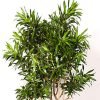



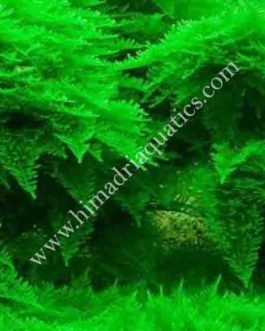
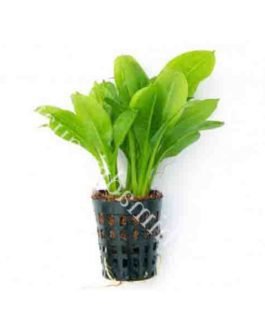
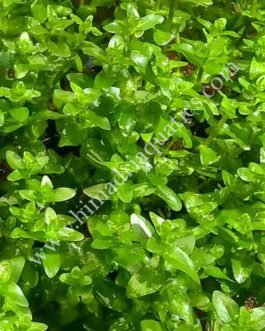
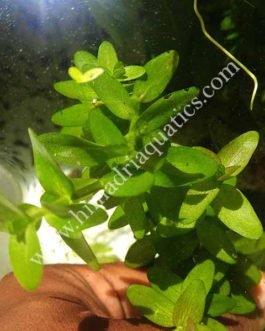
Manjeet Kaur (verified owner) –
Very well packaged and looked healthy